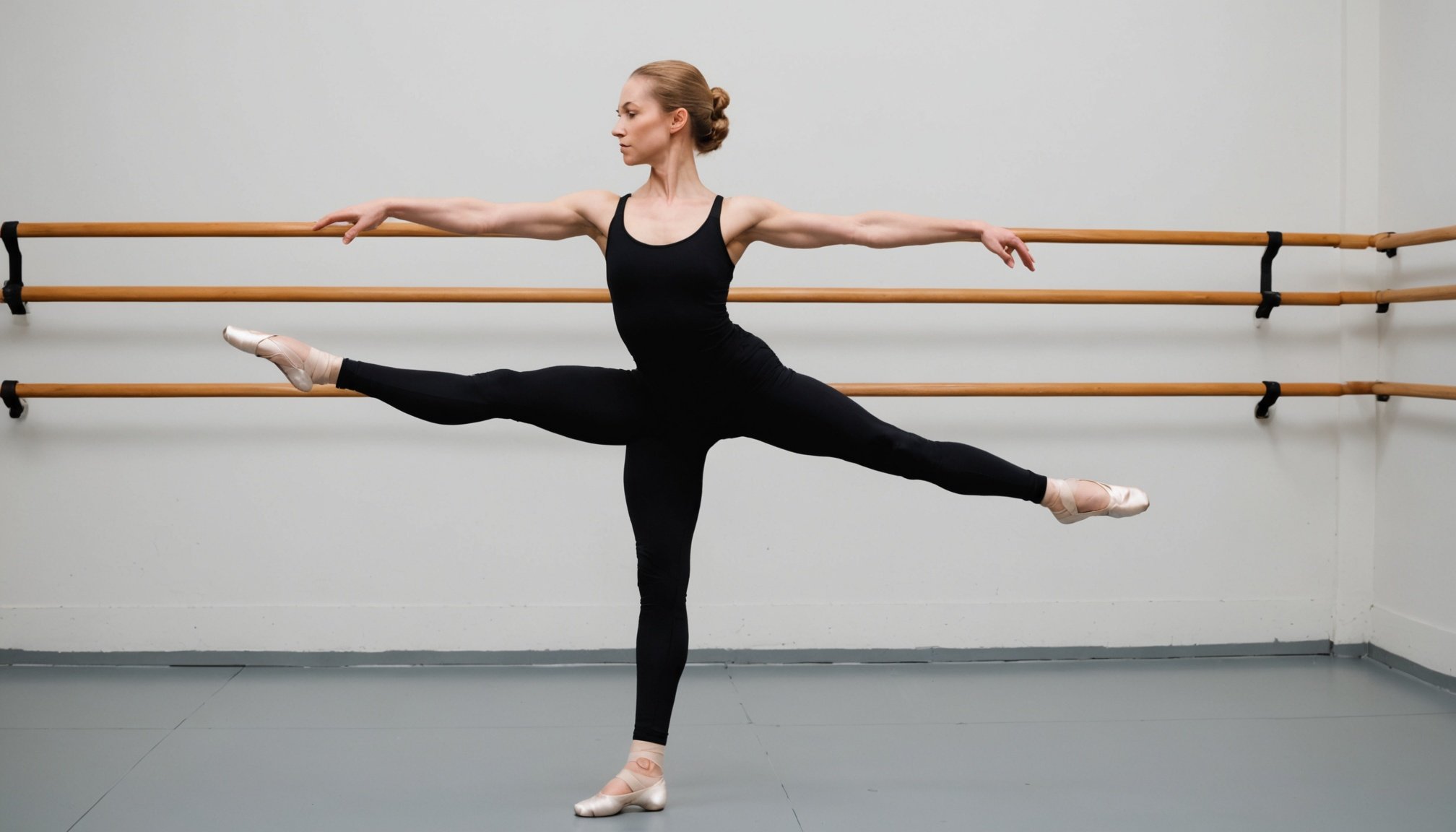Understanding the Importance of Stretching for Ballet Dancers
Stretching benefits play a vital role in a ballet dancer’s career by enhancing performance and aiding injury prevention. Flexibility is essential as it allows dancers to execute movements with grace and precision. It helps them achieve the aesthetic lines required in ballet.
Common injuries in ballet include sprains, strains, and joint injuries. Regular stretching minimises risk by keeping muscles flexible and resilient, thus allowing for a broader range of motion and reducing strain during rehearsals and performances. It is important to integrate stretching into the routine to prevent injuries and maintain longevity in a dancer’s career.
In parallel : Boosting Teen Confidence: How Team Sports Can Conquer Social Anxiety
Apart from physical benefits, stretching provides significant psychological advantages. It encourages a state of relaxation and mental focus, which enhance a dancer’s concentration and performance. Dancers often report feeling more prepared and confident after a good stretch, crucial for tackling challenging routines. Moreover, a consistent stretching regimen can play an integral role in developing a dancer’s overall body awareness and control, crucial for maintaining balance and poise on stage.
Essential Stretching Techniques for Ballet Dancers
The art of ballet demands not only flair and precision but also careful attention to flexibility through stretching techniques, which are indispensable for injury-free performances.
Also to see : Discover the Lasting Benefits of Hyperbaric Oxygen Therapy for Enhanced Athletic Recovery
Dynamic Stretching Techniques
Before any rehearsal, incorporating dynamic stretching exercises, such as leg swings and arm circles, is crucial. These exercises promote blood flow and gently prepare the muscles, enhancing performance. Warming up dynamically helps align your body and mind, increasing agility. Add these to your daily routine to gear up for a dance session effectively.
Static Stretching Techniques
Post-performance, switching to static stretching aids in muscle recovery and prevents stiffness. Holding positions like hamstring or quadriceps stretches reduces fatigue and nurtures flexibility. Ensure that you hold each stretch safely to avoid overextension. Consider integrating this practice regularly to maintain peak flexibility.
Proprioceptive Neuromuscular Facilitation (PNF)
PNF stretching, an advanced method, significantly boosts flexibility and strength. Enlist a partner for guided resistance stretches that alternate contraction and relaxation phases. Executed correctly, PNF stretches can carve improvements in both flexibility and muscle strength, essential for mastering ballet flows.
Incorporating Stretching into a Training Routine
Building a well-rounded stretching routine is essential for ballet dancers aiming for optimal performance while preventing injuries. A consistent stretching schedule should be personalized to fit individual needs, considering both flexibility and strength training. Balancing these elements is crucial as overemphasis on one can lead to imbalance, affecting overall performance.
Integrating stretching with training schedules involves planning sessions post-rehearsal for recovery and pre-performance for preparation. This dual approach ensures that muscles remain flexible, reducing injury risk and enhancing agility. It’s important to maintain consistency; slipping can lead to reduced flexibility and increased injury susceptibility.
- Start with Dynamic Stretches: To warm up muscles effectively before rehearsals.
- Integrate Static Stretches: Post-rehearsal, to maintain muscle elasticity.
- Include PNF Techniques: For advanced flexibility improvements.
Consistency is further encouraged by setting realistic daily or weekly goals. Listening to your body’s response to stretches guides adjustments, ensuring a safe and effective stretching routine. Achieving this balance not only optimizes performance but also cultivates confidence and readiness in dancers.
Safety and Best Practices for Stretching
Ensuring proper stretching safety is vital for ballet dancers to prevent injuring themselves while striving for peak performance. Avoiding common mistakes such as overextending or holding stretches for too long is crucial. These errors can lead to injuries rather than the intended benefits. It’s essential to listen to your body and recognise limits, adjusting stretches accordingly to maintain comfort and prevent strain.
Before static stretching, warming up is indispensable. It gradually increases blood flow to the muscles and prepares them for deeper, static movements. This prevents muscle tears and optimises the benefits of the stretch. Skipping this step can increase injury risk.
Incorporating best practices, such as using supportive props during stretching, can enhance flexibility and reduce injury likelihood. Remember that every dancer’s body is unique; flexibility varies greatly. Personalising a stretching routine to match individual capabilities allows for safer, more effective workouts. Always prioritise quality over quantity, ensuring each stretch serves its purpose without pushing the body to unfavourable extremes. Adopting these practices leads to a healthier, more resilient ballet career.
Visual Aids and Resources
Utilising stretching visuals and instructional videos can significantly enhance a dancer’s understanding and execution of techniques. Resources like diagrams or illustrations can clarify complex movements, making it easier to perform each stretch correctly. These visual aids demystify the nuances of proper form and alignment.
Recommended Diagrams and Illustrations
Diagrams illustrating stretches, such as dynamic and static stretching positions, are invaluable. They serve as quick references, helping dancers visualise effective techniques. Charts detailing muscle groups targeted by each stretch amplify comprehension, facilitating precise execution.
Instructional Video Resources
Expert demonstrations via YouTube channels or specialised websites provide comprehensive visual explanations and guidance. Watching instructors break down each technique fosters a deeper grasp of stretching benefits. Videos allow dancers to mirror movements accurately, reinforcing instruction with real-time examples.
Additional Reading and Resources
Exploring further into injury prevention and recovery is beneficial. Utilise relevant articles or insightful guides for continued learning on performance optimisation. Books focusing on fitness and flexibility in dance offer extensive tips and strategies, elevating a dancer’s routine beyond practical application. These resources cumulatively foster improvement, ensuring safe and effective stretching practices.











